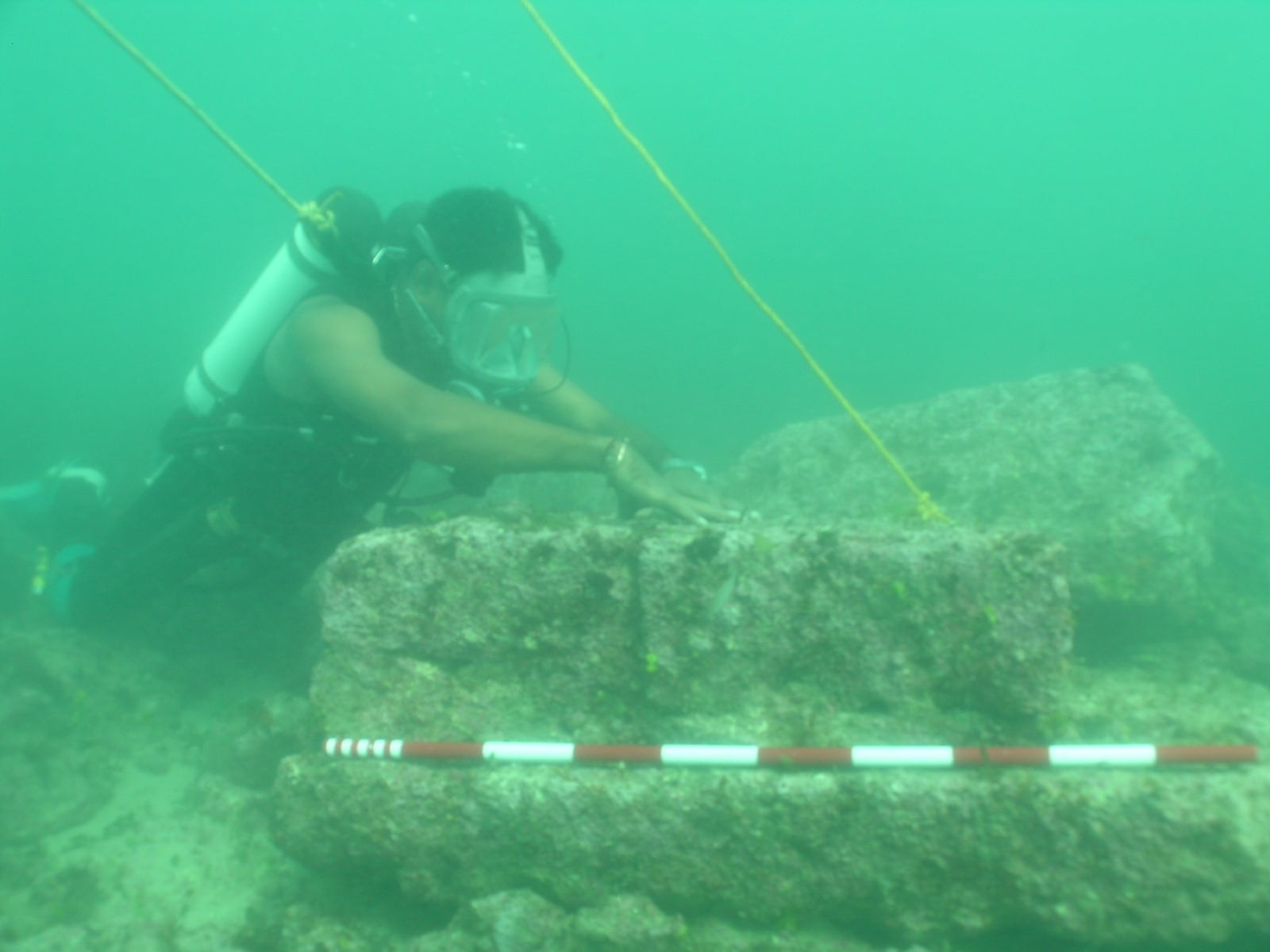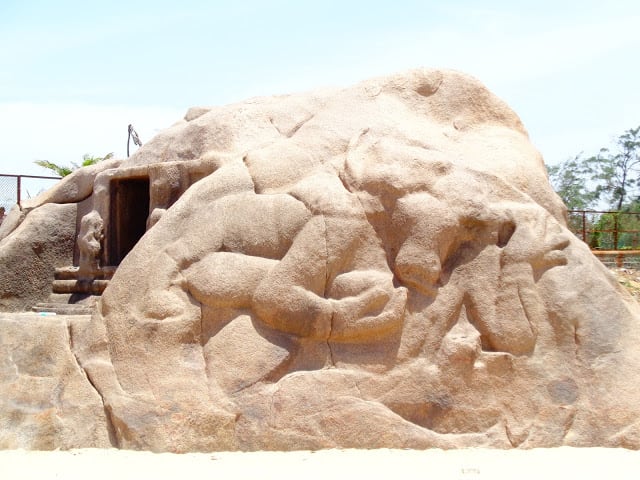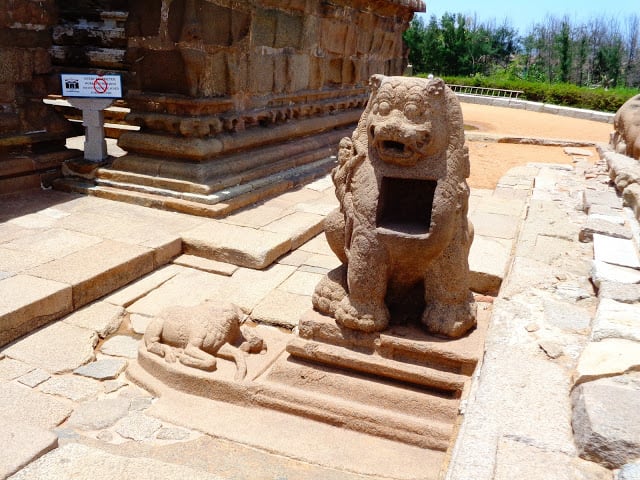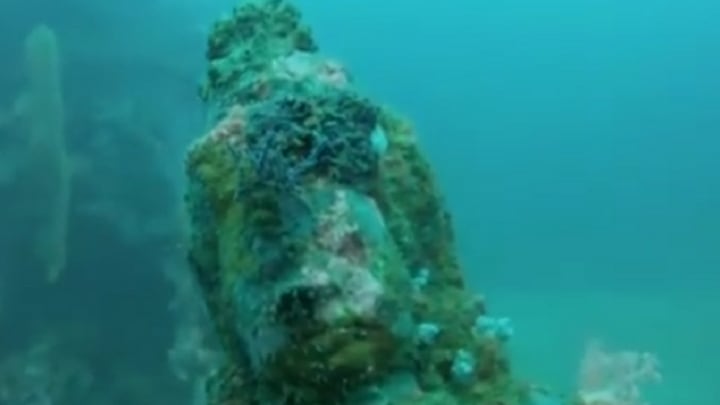Díky za článek.
14.2.2005 Tsunami revealed the lost city
Categories: Castles, strongholds and extinct places , Calendar , Nálezy nejenom s detektorem kovů v mořích a oceanech
Sixteen years ago, archaeologists reported that the December 2004 tsunami helped uncover another part of the ancient port city of Mahabalipuram in Tamil Nadu, India. The killer waves shifted thousands of tons of sand. Suddenly, granite statues that scientists say are the remains of a seventh-century civilisation were on display. The statues
depict lions, elephants and a peacock. "As the tsunami receded, it shifted thousands of tons of deposited sand that had covered these statues for centuries.that had covered the site for centuries," said underwater archaeologist Alok Tripathi, who led the research team investigating the site. The statues and masonry found underwater belong to a temple and statues already located on the beach (in photos).
Mahabalipuram was an important centre of the Pallava dynasty, which held sway over much of southern India between the fourth and ninth centuries. According to legend, this ancient city had several temples, and was called the land of the seven pagodas by pirates. Mahabalipuram has been the subject of several scientific investigations. Archaeologists excavated the site as early as 2001. Ironically, it was the tsunami that pushed them further.
In addition to the statues mentioned above, the foundations on which other temple structures stood were suddenly visible underwater. Once the waves receded, scientists enlisted the help of Navy divers. They needed to explore the sea. "We found several stone structures. They were perfect rectangular blocks arranged in a clear pattern," Tripathi explained.
The archaeologists, in collaboration with the divers, also discovered walls. "The research showed that they were part of one building. It appears to have been a temple," Tripathi outlined. The tsunami wave further helped in the discovery of an elegant terracotta well, for example.
There was also speculation as to what purpose the granite animals found were used for. According to some theories, they once guarded the entrance to the port city. "The two-metre-high lion statues looked really realistic. One is sitting and alert, while the other is already ready to attack. Each of the lions is made from a single piece of granite. The elephants were probably guarding the city walls," the archaeologists said.
Animal motifs were commonly used to decorate temples and other buildings during the Pallava dynasty. In particular, lions, peacocks and elephants symbolise nobility. "We believe that these new discoveries and subsequent research will help to protect coastal monuments," Tripathi stated at the time.
An earthquake in the Indian Ocean on 26 December 2004 struck an area off the west coast of the Indonesian island of Sumatra. This was followed by a tsunami that also hit eastern India. 230 000 people died. This is one of the worst natural disasters.
Sources: www.downtoearth.org.in, www.livehistoryindia.com, www.fanwave.it, https://vijayansspace.blogspot.com/
The article is included in categories:








